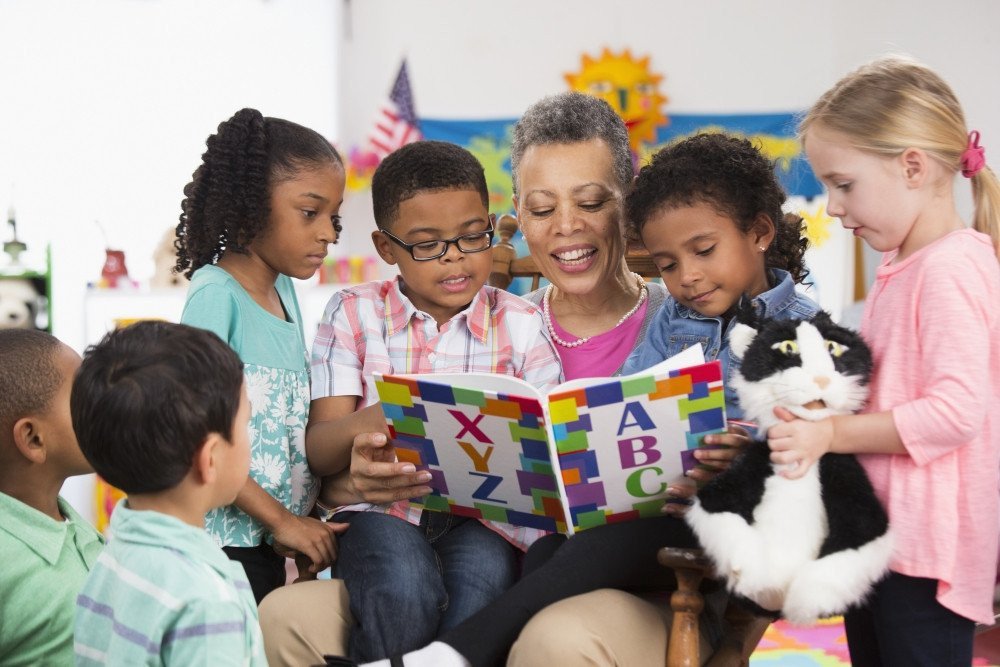The expression ‘children must learn to read in order to read to learn’ has been shown to be true. Literacy is the foundation of learning and continued growth and it is of utmost importance to instil a love for reading while children are still young. Research indicates that the gap in education outcomes grows wider throughout schooling for those learners who can’t demonstrate basic reading skills by Grade 3. A lack of motivation is one of the main reasons why children don’t engage in reading. Here are 15 ways teachers and parents can motivate children to read and instil a love of reading at an early age.
1. Let learners know what you are reading
It is important as educators to model a love of reading. Share what you are reading with your class – your favourite books, authors, place to read etc.
2. Read aloud
Read to your learners. Children love to hear when a good story is being read to them. Ask questions as you read. Let them read a line or two. Read with love, understanding and compassion. Read books that inspire and motivate, as well as books that children love.
3. Let the learners draw what they are hearing
To get learners engaged in what you read to them, you can allow them to draw pictures about the story.
4. Let learners read their choice of book aloud
Let your learners pick a book from the reading box/reading trolley and read it aloud to the class. Everyone should get a chance to read and ask their classmates questions afterwards.
5. Have materials other than books available to read
It is important to have a wide variety of reading materials in the classroom, for example, magazines and newspapers. This will encourage children to read.
6. Take learner’s interests into account
Before we can encourage children to read, we must be aware of the types of books they like. It is important to allow children to choose the book they want to read. This will increase confidence and their interest in books and reading.
7. Ask learners for recommendations
Ask your learners for recommendations of books. Make sure the learner who requested the book is the first one to read it.
8. Establish a classroom library
A classroom library may be a child’s only way to access books. It is important to have a classroom library because some learners’ families can’t afford to buy books.
9. Create a special place to read
Reading spaces should be inviting and comfortable. Teachers and parents should create a comfortable space for children. If children feel comfortable when reading, it will become a habit. They will realise that reading offers comfort and it relaxes the mind.
10. Use a stuffed animal as a reading buddy
Let the class name the cuddly, stuffed animal and put it in the reading corner. Encourage your learners to read to their new friend throughout the day. This is a great way for them to become independent readers.
11. Use reading buddies
Ask a Grade 3 teacher to share his/her learners once a week for 30 minutes. Let your learner’s pair up with these older buddies to read together. The older children will model good reading skills and will teach the younger learners a lot.
12. Make books available in every classroom
It should not matter what you teach – if you teach Maths or Geography, you are still encouraged to have a library in your classroom. Reading is essential in every subject area; therefore books should be seen, discussed, read, shared and checked out.
13. Introduce new books throughout the year
If you introduce new books throughout the year the learners will be excited and motivated to read them.
14. Read a story and have them make a book from it
Read a story to your learners and let the entire class work together to create a big book of the story read. Let the learners use play dough, pipe cleaners and other materials to create the pictures. Let the learners take turns writing the words at the bottom of the pages once the pictures are finished.
15. Choose an author of the week
Give learners the opportunity to become the ‘author of the week’ in the classroom. Let them come up with their own stories and design their own book. Let the author of the week share their story with the whole class. Keep the learners’ books on the classroom shelf. The learners will love reading the books their classmates have written.
